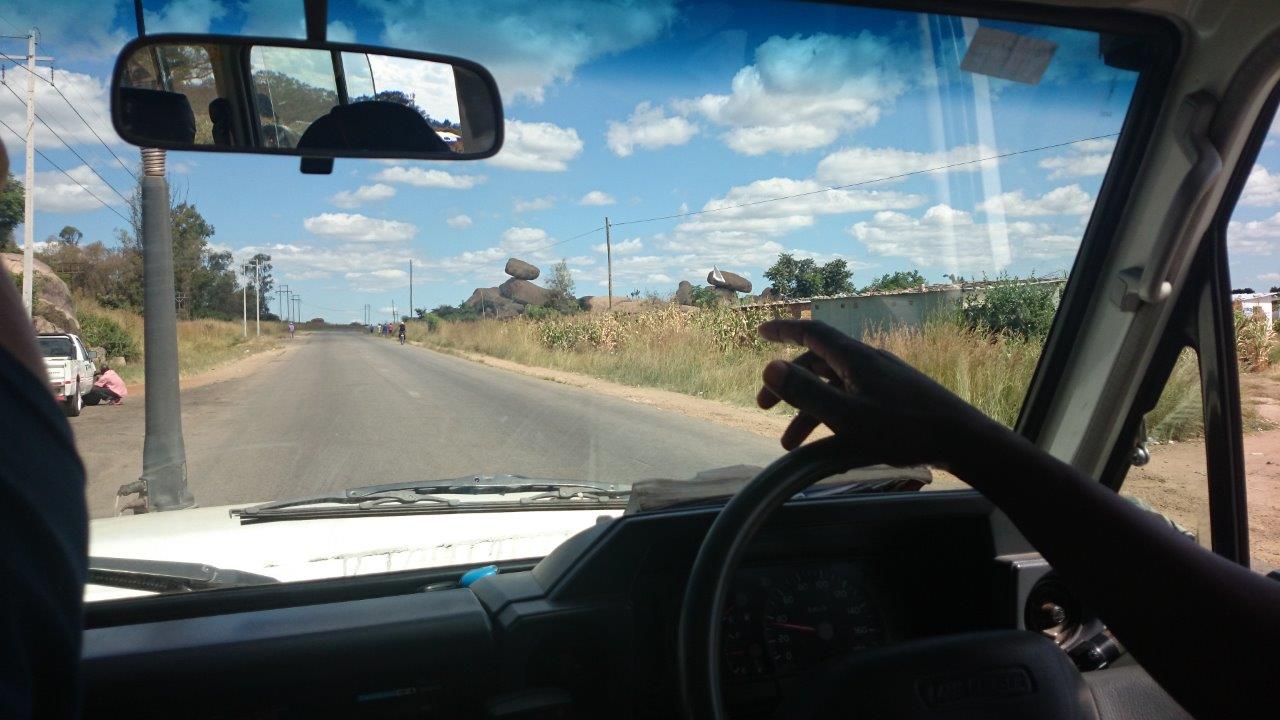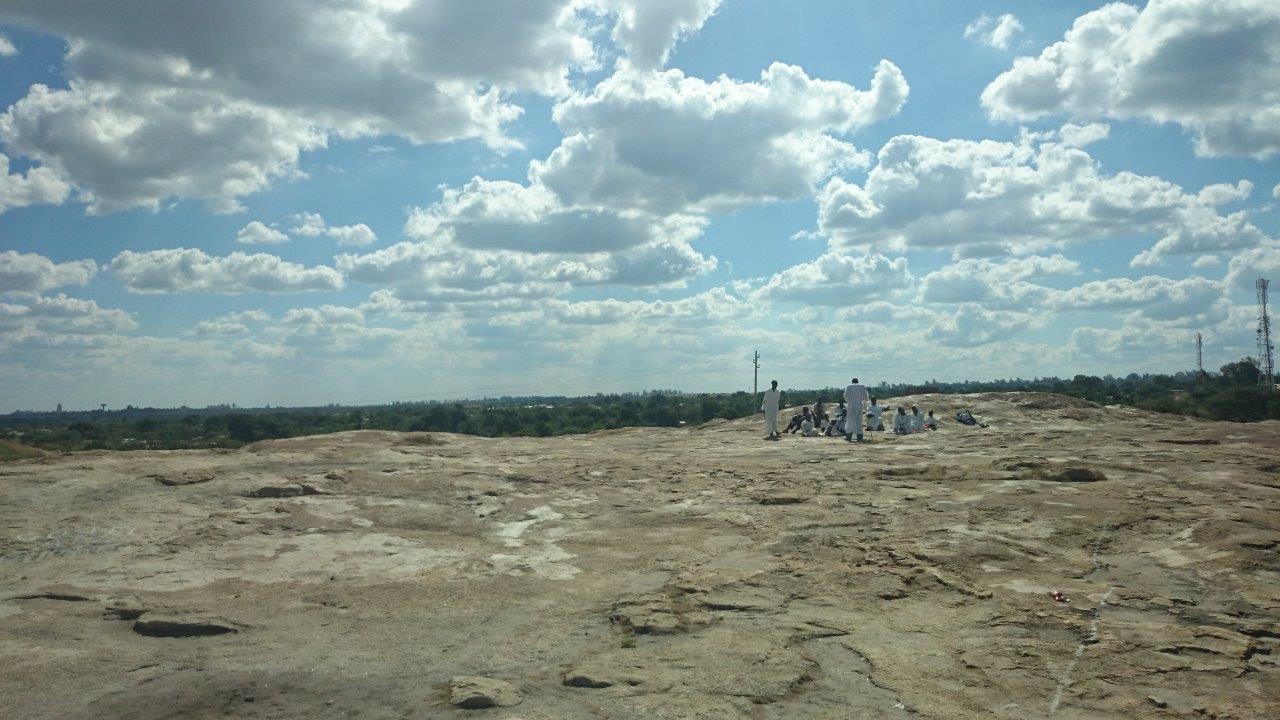Ethics:
Open Platform. Open Society.
It was in 2003 that I was first introduced to the Open-Source philosophy by my friend , a political information activist, ex-politician and now life-peer. OpenSource seemed like an antidote to the corporate dominance of the information world and to the invention of spurious or ‘fake’ ideas like this notorious enemy ‘terror’. It was a revolution in global culture, which stopped me in my tracks.

In 2015, Google Maps exist everywhere. Much has been made of their use, much of their invasiveness. Academics have long written of the politics and imperiallism of this type of cultural property. Corporate, government and military players increasingly use mapping for different types of aggression – commercial, military (including remote, e.g. drones), and culturally suppressive aggression are but a few of the pitfalls to weigh against the obvious benefits of the entire world being extensively mapped. On a philosophical level, Foucault talks of Power mechanisms which allow rich information-gathering overlords to contain their subjects through control and delineation of their geographical environs – a Geographical Dictatorship, if you like.
But what happens when the maps are intrinsically unreliable, and collaboratively drawn-up, arguably on the terms of the local inhabitants themselves? All this politic changes, and suddenly the process becomes revolutionary, anti-corporate, emancipating those on the ground, and cross-culturally connecting them with counterparts across the world. The collaborative mapping of the world is potentially the most unifying boundary-breaking socialisation project EVER performed by our race. Owned by the community, it resists domination, like the whole of the Open-Source/Platform community, by virtue of its co-operative nature and de-centralised peer-to-peer embodiment.
How it works:
Surf the web to a satellite image of an area anywhere on the planet, but in the Open Street Map browser. You have to sign into this, which involves creating an account. (I chose a conflict-zone which I was familiar with). The planet has been photographed, and the images used are commonly Bing images. ‘OSM users have been given permission to trace aerial imagery from a number of sources. The most widely used imagery comes from Bing, but other imagery is available in some parts of the world; you can choose a source from the ‘Background’ or ‘Imagery’ menu of your editor.’
This image can be used in Open-Source applications as long as it is acknowledged. This is the beauty of the whole system. Components do not have to be publicly-owned, as nobody can own the net result. Brilliant. Use a free software package to overlay outlines of buildings and roads better, for them to be numbered and annotated by field-surveyors later. Save it back onto the online- resource.
Once the image has your digital tags on (‘nodes’), it is easy to download or print-out the grid-square in the field, and add information to it on a computer, on a smartphone, or on paper (to be inputted later).
Conclusion that ungovernable spaces are by definition un-corruptible. The last domain of morality. And the radical potential of those who choose to inhabit them. Is there such a thing as economics-free politics. That’s what I love; the purity. Local and remote people perform all of these actions in collaboration, and partnership with ‘armchair humanitarians’ making a real and tenable difference. Mappings, Projections and Meanings in the sea, the arctic, and the desert landscape are a ‘socially constructed form of knowledge’1 If we concur with this idea of a landscape as text, then the fact that any map is a ‘blank’ landscape can expose the writing/reading techniques at play in all their varied cultural and artistic representations. We all share in these mechanisms.
